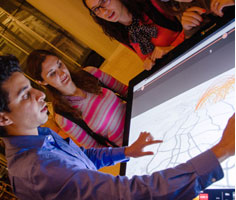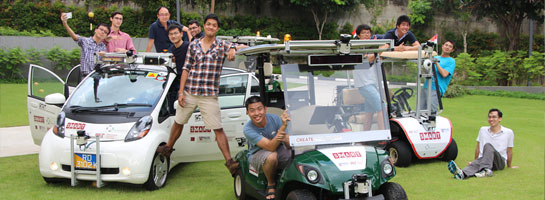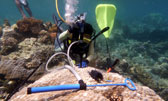





 Dr Erik Velasco's research found that commuters travelling via bus or taxi from Ion Orchard to Plaza Singapura, breathed in up to two times more harmful particles compared with taking the MRT.
Dr Erik Velasco's research found that commuters travelling via bus or taxi from Ion Orchard to Plaza Singapura, breathed in up to two times more harmful particles compared with taking the MRT.
A new study led by SMART's CENSAM Dr Erik Velasco and NUS reports the exposure to particle pollution experienced by commuters while travelling by MRT, bus, taxi and walking.
The famous shopping belt at Orchard Road was selected as the case study; and the study found that the underground MRT is the cleanest transport mode in terms of atmospheric pollution.
In addition to the particle levels at each transport microenvironment (e.g. taxi stand, bus stop and MRT platform), SMART CENSAM also evaluated the travelling time and physical effort. Dr Erik Velasco's research found that commuters travelling via bus or taxi from Ion Orchard to Plaza Singapura, breathed in up to two times more harmful particles compared with taking the MRT. He also pointed out that the double-door systems at MRT stations underground, which are effective in separating the tunnel environment from the platform where passengers wait, keep toxic particles at bay.
The study was published in the science journal, Atmospheric Environment.
See news coverage on Straits Times, 1 March 2018, for more.